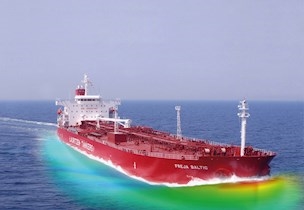Still water tank tests
Model-scale still water tank tests are conducted to predict propulsive performance of a full-scale vessels.
The results of testing in still water tanks can be used when important decisions about main engine, gearbox and propeller are to be made for a newbuilding. The results from these tests are critical for making key decisions regarding the main engine, gearbox, and propeller of a newbuild. Additionally, the data serves as a baseline for sea trials and performance evaluations of vessels in operation.
Three types of tests
Generally, still water tests consist of three standard types of model tests:
- Open water propeller tests: These tests evaluate the performance of the propeller alone, providing non-dimensional propeller characteristics. Early conclusions can be drawn about the propeller design, such as its efficiency and the power required to generate the desired thrust. Open water characteristics are also crucial for quality assurance during self-propulsion model tests.
- Resistance tests: Conducted on the hull without the propeller but including all appendages, resistance tests assess whether the hull design is optimal. These tests help identify if further optimization, such as Computational Fluid Dynamics (CFD) studies, is necessary. The hull's resistance is a key factor in determining overall propulsive efficiency.
- Self-propulsion tests: These tests involve the appended hull with the propeller installed. Self-propulsion tests are the final step in achieving a complete performance prediction. Data from the open water and resistance tests are critical inputs for self-propulsion analysis and full-scale performance predictions. The primary outcomes include propeller revolution and power curves as functions of vessel speed.
Combined analysis
By analyzing the results of all three tests, comprehensive data describing the propulsive performance of the vessel is derived. This includes assessing whether the hull lines are suitable for the propeller and comparing the operational performance of the propeller to its open water performance.

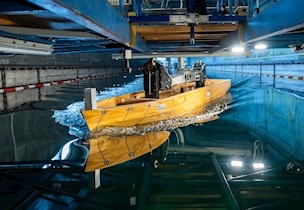
Facility
Towing tanks
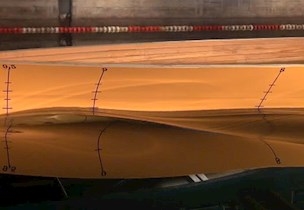
Article
Mandatory EEDI
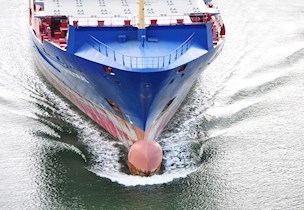
Article
EEDI verification
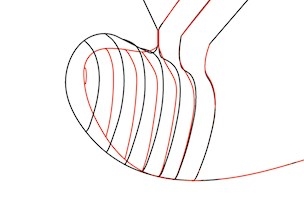
Article


